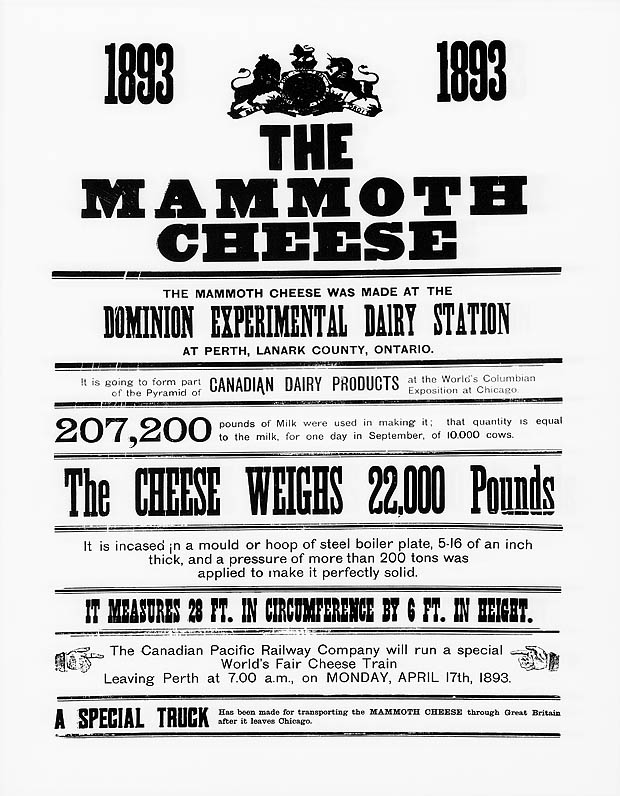A very short blog, today, to go with the Latin Dictionary review videos–-mostly written by Aven.
When we filmed these videos, we both included a lot of background on the dictionaries, and talked about the personalities involved with editing and publishing them. When we started editing the videos, we realised that they were going to be way too long if we included everything. So we decided to focus on the differences between the two dictionaries, and who would find each one most useful; and in the case of the OLD, I also wanted to include information about how to read and use it, to show people why they would want to bother consulting it instead of just sticking to the cheap and easy pocket dictionaries all the time.
What that meant was we had to cut out most of the history from both videos, and also cut out Mark looking up some words. But we both think that the information that we cut out is interesting, especially if you’re interested in the history of Classics as a field or the history of lexicography. So we’ve posted longer versions of both reviews, as unlisted videos, for anyone who wants to watch them (Lewis & Short Extended, and OLD Extended). They include stories about people involved with the deciphering of Linear B, a pioneer in women’s education, and a writer and scholar’s worst nightmare: a lost manuscript!
I also didn’t include some things I now wish I had–-specifically, a few ways that the new edition has updated the language from the first edition. After all, what does any sensible person do as soon as they open a dictionary? Why, look up rude words, of course! And that’s one place that there do seem to be a few changes in the new edition, to update the language for modern readers. Here, for example, are the entries for “irrumatio” and “irrumator” in the first edition*:
And here’s the new edition:
Not a huge change, but definitely clearer!
And just for the sake of comparison, here’s the same word in the Lewis & Short:
Now that I'm reading this entry over, it occurs to me that I think the OLD definition for this term is, in fact, wrong! My understanding of irrumo, and the way I've usually seen it translated, is that it describes the action of forcing another person to perform oral sex on the irrumator (or perhaps something more violent than that). That certainly is how it seems to be meant in Catullus 16. But that's not what the OLD says--it suggests the opposite role, in fact. Which doesn't make any sense in my reading of Catullus, for instance. I think I'm going to have to investigate further; but this definitely demonstrates the importance of clear definitions and careful lexicography, since the Lewis & Short definition is certainly not helpful at all!
You can access the Lewis & Short dictionary (and a number of other useful Latin and Greek dictionaries) online at Logeion. If you want to read more about the history of these dictionaries, Francis Jacques Sypher's article "A History of Harpers' Latin Dictionary" (Harvard Library Bulletin 20.4 (1972): 349–66 or online here) gives a detailed history of the Lewis & Short, and there's a short blog post on the history of the OLD here. Finally, if you want to read the preface to the 2nd edition of the OLD that I mention in the video, it’s here.
*No, I didn’t realise how topical those words would be when I took the pictures! I was just thinking of Catullus, as always (poem 16).















